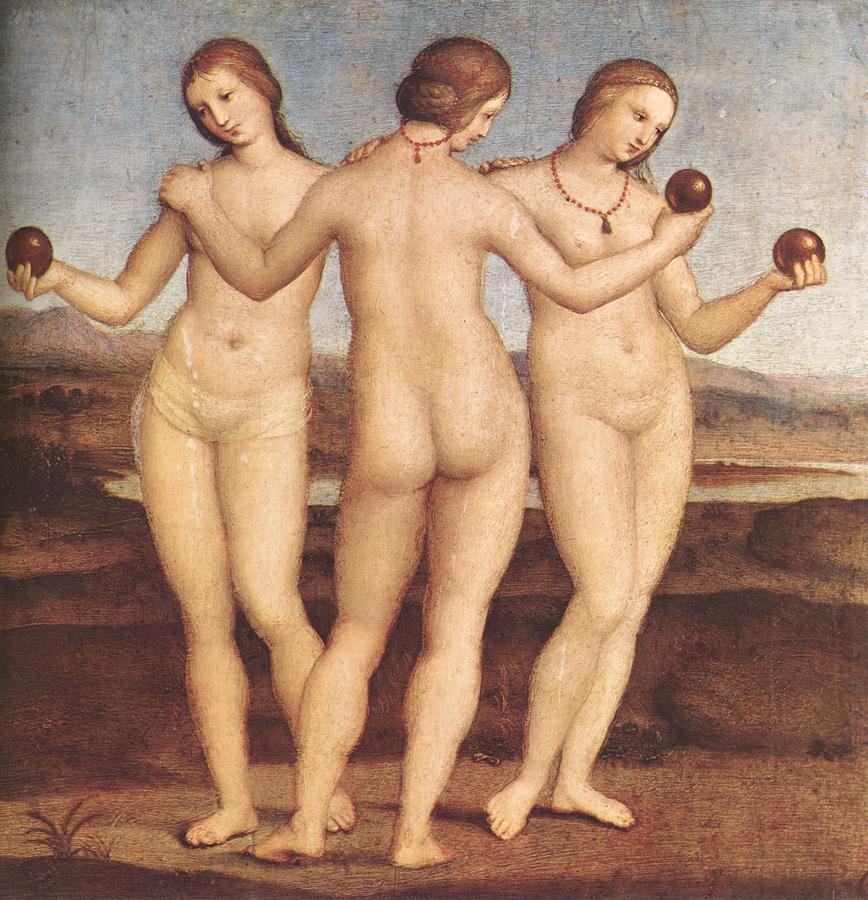
He 1 gets back to the Casino just as big globular raindrops, thick as honey, begin to splat into giant asterisks 2 on the pavement, inviting him to look down at the bottom of the text 3 of the day 4, where footnotes will explain all 5. He isn’t about to look. Nobody ever said a day has to be juggled into any kind of sense at day’s end 6. He just runs. Rain grows in wet crescendo. His footfalls send up fine flowers of water, each hanging a second behind his flight. It is flight. He comes in speckled, pied with rain, begins a frantic search through the great inert Casino, starting again with the same smoky, hooch-fumed bar, proceeding through the little theatre 7, where tonight will play an abbreviated version of L’Inutil Precauzione (that imaginary opera with which Rosina seeks to delude her guardian in The Barber of Seville) 8, into its green room where girls, a silkenness of girls 9, but not the three 10 Slothrop wants most to see, tease hair, arrange garters, glue on eyelashes, smile at Slothrop. No one has seen Ghislaine, Françoise, Yvonne. From another room the orchestra rehearses a lively Rossini tarantella. The reeds are all something like a half tone flat. At once Slothrop understands that he is surrounded by women who have lived a good fraction of their lives at war and under occupation, and for whom people have been dropping out of sight every day… yes, in one or two pairs of eyes he finds an old and European pity, a look he will get to know, well before he loses his innocence and becomes one of them… . 11
So he drifts 12 through the bright and milling gaming rooms, the dining hall and its smaller private satellites, busting up tête-à-têtes, colliding with waiters, finding only strangers wherever he looks. And if you need help, well, I’ll help you… . 13
1 The “he” here is again Our Boy Tyrone Slothrop, and again, these annotations pick up right damn exactly where the last set left off. (Do not worry. I will not be annotating the entire novel paragraph by paragraph. I hope). Slothrop returns to the Casino Hermann Goering after an unsuccessful search for his friend Tantivy Mucker-Maffick.
2 What a wonderful series of transformations here, as the phenomenological world — “rain” — is converted via simile into “honey,” which transforms again into typographical representation — “asterisks.”
3 …and then the phenomenological world—which is to say here, the phenomenological world’s representation in literature—is converted into text. This is, uh, whattayoucall it, that metafiction? Slothrop’s family, recall, made their non-fortune in paper, a fact foregrounded near his introduction. We learn the Slothrops turned the natural world into a medium for text:
…green reaches were converted acres at a clip into paper—toilet paper, banknote stock, newsprint—a medium or ground for shit, money, and the Word. (28)
Shit, money, and the Word—key themes in Gravity’s Rainbow.
4 The phrase “the day” appears like a signature note not just throughout Gravity’s Rainbow but throughout Pynchon proper.
5 “….the bottom of the text of the day, where footnotes will explain all”—well, um. Lovely to look for answers, I suppose.
6 I’ll spell the line out in full again: “Nobody ever said a day has to be juggled into any kind of sense at day’s end.” Lovely on its own, but again, a concise if incredibly oblique gloss on Gravity’s Rainbow’s own end some 556 pages from now.
7 Cf. the fourth line of the novel (page 3): “The Evacuation still proceeds, but it’s all theatre.”
8 Weisenburger’s gloss from A Gravity’s Rainbow Companion:

The opera-within-an-opera is a kind of meta-textual, self-referencing recursion—what André Gide termed a mise en abyme.
Consider, by way of example, Velázquez’s meta-painting Las Meninas, with its blurring of frame, gaze, reflection, self-reflection, and meta-reflection.

You’re undoubtedly familiar with The Murder of Gonzago, the play-within-a-play in Hamlet, which Shakespeare uses to satirize and comment on the “text” proper of his great tragedy.

Pynchon posits a play-within-a-play in his earlier novel The Crying of Lot 49 (1969), when he includes a summary performance of The Courier’s Tragedy.
Mise en abyme reaches a sort of apotheosis in Charlie Kaufman’s film Synecdoche, New York (2008):
9 A silkenness of girls is the correct and proper term (if overlooked by some, if not most, linguistic authorities). English terms of venery are the best.
Cf. James Lipton’s An Exaltation of Larks (1968).

10 The three…Graces? Fates? Furies?

…or just Ghislaine, Françoise, and Yvonne?
11 Slothrop among the women.
What is the antecedent for the sentence-final pronoun “them”—what does the text promise Slothrop will become once he “loses his innocence”? (And how ironic is this reference to Slothrop the Innocent?)
Possible referents for the “them” included the implied antecedent “European” (later, Slothrop will become the European folk hero Plechazunga the Pig), “pairs of eyes” (not likely), and “women” (also not likely). No, the “them” to which Slothrop shall eventually be elected are those “people [who] have been dropping out of sight every day.” Slothrop the Invisible. Note that Pynchon hides the referent in a tangle.
12 “He drifts”—a key verb for Our Drifter Slothrop.
13 Slothrop alone. The final italicized line are Tantivy’s last words.

good one
LikeLike